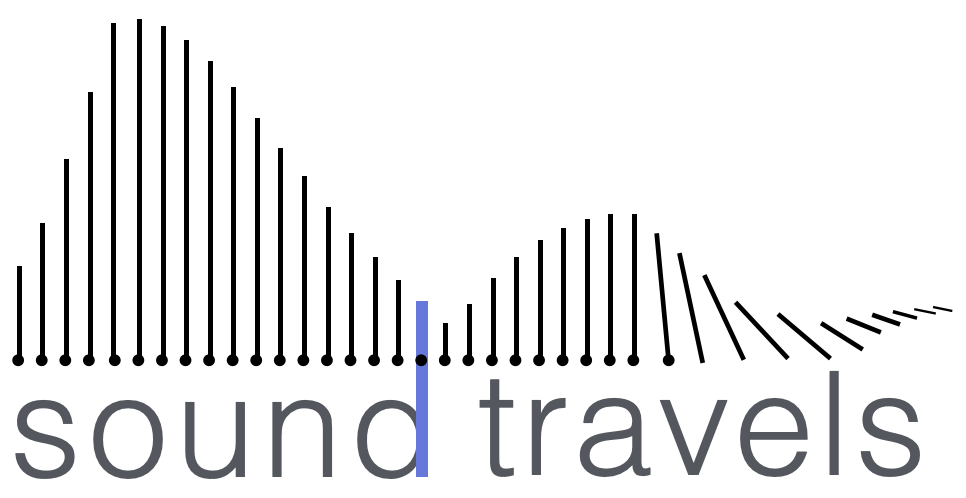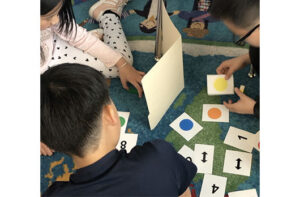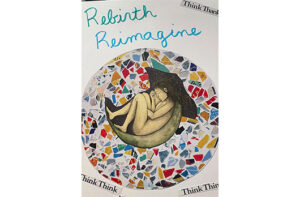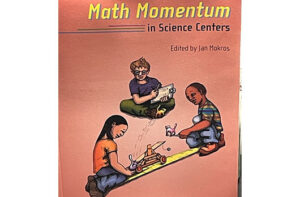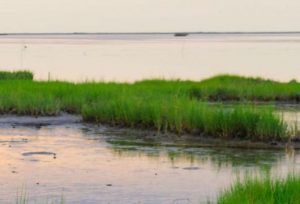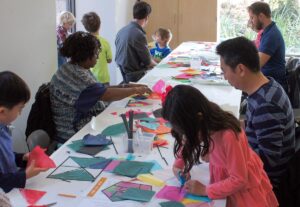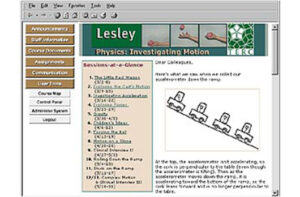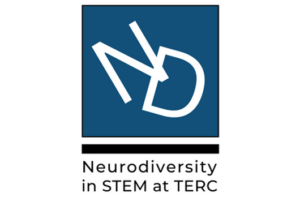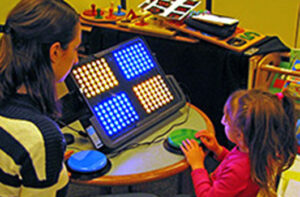Sound travels: Exploring the effects and meanings of sound across variable free-choice learning environments
Nickolay Hristov, Donnelley Hayde, Justin Reeves Meyer, Kim Kawczinski, Laura Weiss, Elise Levin-Güracar, Joe Heimlich, Daniel Shanahan and Martha Merson
Hristov, N., Hayde, D., Meyer, J. R., Kawczinski, K., Weiss, L., Levin-Güracar, E., ... & Merson, M. (2024). Sound travels: Exploring the effects and meanings of sound across variable free-choice learning environments. The Journal of the Acoustical Society of America, 156(4_Supplement), A44-A44.
Abstract
Sound Travels is a US-based, federally-funded collaboration between sound researchers, learning researchers, and educational practitioners working to understand the role of soundscapes on free-choice, out-of-school learning experiences. In this paper, members of our research team describe how we have combined approaches from acoustic ecology and visitor studies to navigate the affordances and challenges of studying sound across several complex leisure settings (a science museum, a botanic garden, a park, and a zoo). As an exploratory and transdisciplinary project, our initial work has involved significant deliberation about how to meaningfully and effectively gather data in highly variable acoustic environments, as well as what types and characteristics of sound data are most salient to understanding visitors’ experiences of sound. In addition to grappling with these technical questions, we have also worked to ensure that our research does not detract from positive visitor experiences in these spaces and that it directly engages perspectives from practitioners and visitors about cognition, affect, and culture. We will describe the logic of the methods we have used to date (stationary ambient recordings, a post-experience visitor questionnaire, and a “sound search” in which visitors record video clips), as well as our plans for further study.

Related People:
Elise Levin-Güracar and Martha Merson

